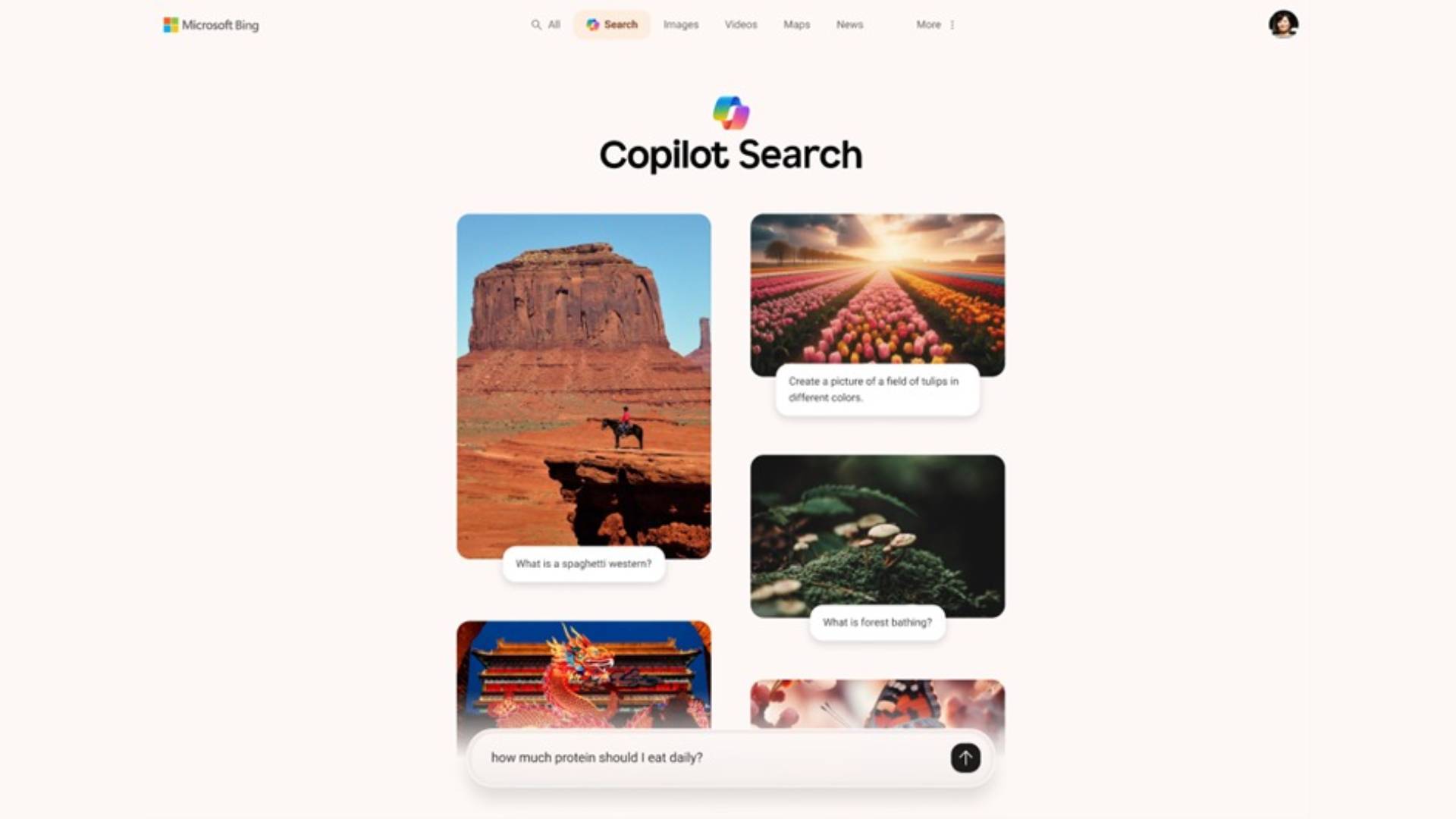Regulatory Gaps and Environmental Concerns Hinder Aquaculture Growth
Aquaculture Market By Product Types(Equipment, Chemicals, Pharmaceuticals, Fertilizers), By Culture(Fresh Water, Brackish Water, Marine Water), By Species( Aquatic Plants, Aquatic Animals), By End-User(Seafood Industry, Pharmaceuticals, Others), By Region and Key Companies - Industry Segment Outlook, Market Assessment, Competition Scenario, Trends and Forecast 2024–2033
Overview
Aquaculture Market size is expected to be worth around USD 445 billion by 2033, from USD 270 billion in 2023, growing at a CAGR of 5.1% during the forecast period from 2023 to 2033.
The aquaculture market refers to the commercial sector focused on the farming of aquatic organisms such as fish, crustaceans, mollusks, and aquatic plants in controlled environments like ponds, tanks, and cages. This industry plays a vital role in supplying seafood products for human consumption, addressing the growing global demand for protein-rich food, and reducing pressure on wild fish stocks.
Additionally, the aquaculture market includes various sub-sectors like finfish and shellfish farming, seaweed cultivation, and ornamental fish production. This diversity within the market offers numerous opportunities for businesses to tap into different consumer needs and preferences.
Get a Sample Copy with Graphs & List of Figures @ https://market.us/report/aquaculture-market/request-sample/
As a market research analyst, it's important to note that the aquaculture market is not only about food production but also contributes significantly to economic development, especially in coastal and rural areas. Technological advancements and improved farming practices have enhanced the efficiency and sustainability of aquaculture operations, driving market growth.
Key Market Segments
By Product Types
-
Equipment
-
Chemicals
-
Pharmaceuticals
-
Fertilizers
By Culture
-
Fresh Water
-
Brackish Water
-
Marine Water
By Species
-
Aquatic Plants
-
Aquatic Animals
By End-User
-
Seafood Industry
-
Pharmaceuticals
-
Others
In 2024, the aquaculture market showcased significant diversity across product types, cultures, species, and end-users. Equipment held a dominant 34.5% market share, driven by the need for efficient and sustainable operations. Freshwater aquaculture led the culture segment with a 41.2% share due to its cost-effectiveness and resource availability. Aquatic animals dominated the species segment, capturing over 34.4% of the market, reflecting the high global demand for seafood. The seafood industry was the largest end-user, with a 62.4% share, fueled by the increasing consumption of fish and shellfish. Pharmaceuticals and other end-users offered valuable niche opportunities, contributing to the market's growth and innovation.
Market Key Players
-
Austevoll Seafood
-
Dainichi Corporation
-
Eastern Fish Co.
-
Kyokuyo Co Ltd
-
Leroy Seafood Group ASA
-
Maruha Nichiro Corporation
-
Nippon Suisan Kaisha Ltd
-
Nireus SA Ltd
-
SalMar ASA
-
Shandong Homey Aquatic Development Co Ltd
-
Surapon Foods Public Company Ltd
-
Thai Union Group Plc
Driver:
As populations and incomes increase, there's a higher demand for protein-rich foods. Unlike traditional protein sources like beef and pork, aquaculture offers a more environmentally friendly alternative by efficiently converting feed into edible protein with a lower environmental footprint. The recognition of seafood as a healthy, nutrient-rich option further drives consumer demand, making aquaculture a vital component of the global food supply.
Restraint:
Despite its potential, the aquaculture market faces significant challenges related to environmental concerns and sustainability. Intensive aquaculture operations can lead to habitat destruction, water pollution, and biodiversity loss. Additionally, disease outbreaks within aquaculture facilities pose risks to both farmed and wild aquatic populations.
Opportunity:
As consumer preferences shift towards premium and specialty seafood items, producers can diversify their offerings and target niche markets with high-quality, sustainable, and artisanal products. The increasing demand for responsibly produced seafood also allows producers who adopt sustainable practices to differentiate their products and attract environmentally conscious consumers willing to pay a premium.
Challenge:
One of the main challenges in the aquaculture market is ensuring sustainable growth amid regulatory and governance issues. Inadequate regulations, weak enforcement, and governance gaps can lead to resource overexploitation and environmental degradation. Additionally, the industry must address social conflicts and maintain investor confidence by ensuring transparency, combating corruption, and promoting consistent regulatory frameworks.
What's Your Reaction?
 Like
0
Like
0
 Dislike
0
Dislike
0
 Love
0
Love
0
 Funny
0
Funny
0
 Angry
0
Angry
0
 Sad
0
Sad
0
 Wow
0
Wow
0



















































